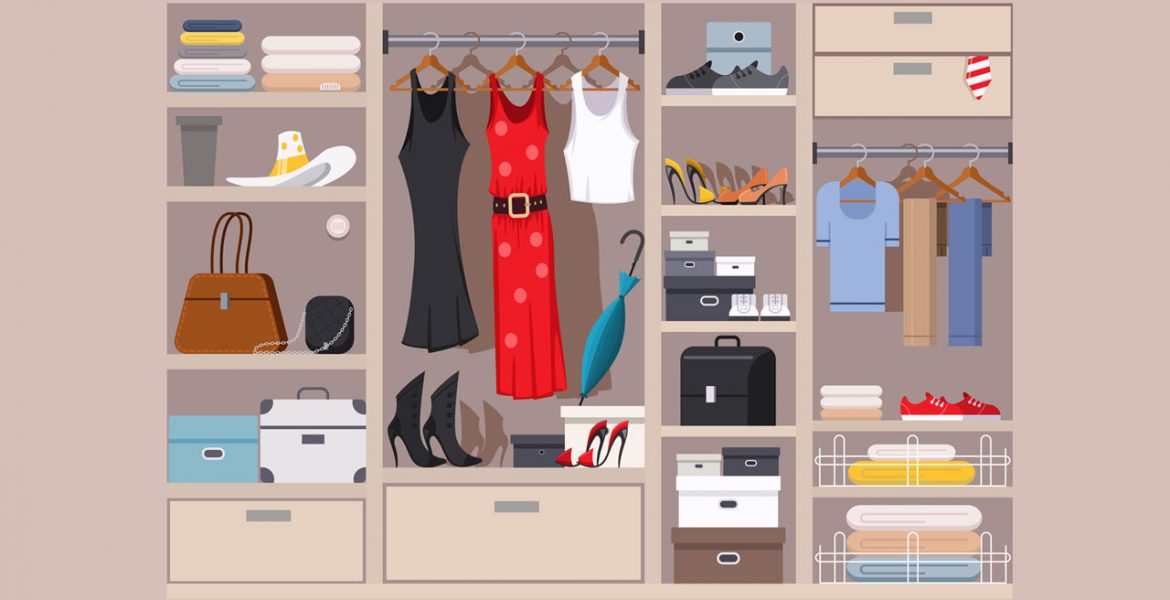Ahead of the annual digital shopping super-sale that we call Amazon Prime Day, we spoke with IN Marketing’s Kelly Ravestijn and Catie Hoover about how the modern consumer shops and makes buying decisions, and Prime Days’ impact on how those consumers can connect with brands.
Q. Tell us about your agency and how you work with brands.
IN Connected Marketing is one agency amongst a collective of specialty practices in the Advantage Solutions network. We were born in retail, built for retail and are leading the retail and shopper evolution through what we call “Connected Commerce”.
With deep roots in shopper marketing, we now lead national activation for most of our clients, alongside shopper media, shopper social, e-commerce and CPG partnerships. All of which are fueled by our background in strategic planning, insight development, creative exploration, concept testing, integrated plan development, execution and rigorous measurement.
Our model and approach allows our clients to harness a full suite of retail-oriented services to design personalized and measurable omni-channel activations for shoppers, brands, and retailers. Using our insights tools, we’re able to understand and uncover shopper behavior, and design every buy moment like a brand experience. With our hyper-connectivity to retailers, we have the know-how and know-who to truly impact how, where and why the shoppers find, buy, and love our client’s brands.
Q. Your agency has deep experience in the beauty business, with a point-of-view on lessons beauty marketers can share with fashion brands. Can you share some of that thinking?
The idea of categorization has been a mainstay in beauty for years—showcasing eyeshadow and lipstick combos that differentiate “sultry and smokey” from “summer glow.” Consumers today want a 360° look. Beauty is also looking beyond the one day but the future state with retailers including skin-care regimen (inclusive of vitamins) as the prep for make-up and look to be achieved. This is founded in knowing that the prep for a look is premeditated beyond a few hours, depending on the event it can even be weeks and diet inclusive.
Q. Amazon Prime Day is here. In the context of the categorization trend, what tips do you have for brands wanting to take advantage of this major sales event?
Ecommerce-based beauty retailers have been the first to market “get this look” on social media due to their ability to quickly adapt. Curating the verticals of both within their company and brands as well as partnerships to showcase the full look (and even environment) allows a quick plus up and basket build for brands but convenience and ease for the consumer. This is not a new concept as grocery has been doing this for years with brands and partners to create the right recipe or tailgate party. This simply applies to the recipe for the look and persona people want to project. To that point, we mentioned environment elements, these are things that are not technically accessories but do play a role, like the right blanket for a festival.
Q. You have a perspective you term “Look No Further than Your Closet to Uncover the Next Shift in Retail.” Can you elaborate on what that means?
The next generation is organizing its closets in ways that are further evolving a retail marketer’s strategy. No longer are consumers organizing by type, such as sweaters, jeans, tops or dresses — instead, they’re packaging looks based on occasion (i.e. festival, going out, office party), and creating full looks that reflect an image, role or outward persona they’re seeking to emulate.
Q. So what exactly does this mean for today’s modern marketer?
A major paradigm shift is required, to say the least. To create “brand love,” a marketer must personalize their message and then make the most of it. Marketers have started to emulate this from a digital perspective, especially on “get the look” of Instagram but often times as consumers begin to shop beyond the one look that drew them in they are forced back into the standard structures. This shortens the shopping experience and limits the verticals that can be leveraged. To create a look or persona is head to toe from hair, make-up, clothing and accessories of all kinds.
Q. Is there a way to assess the traditional retail structures your brand may be using? How can brands embrace a more solution-focused approach, both online and offline?
Knowing your consumer and brand’s growth trajectory is the most important step in defining how to break or evolve traditional structures. In many cases it can be bringing shoppability to traditional look books or giving priority to getting the full look in traditional structures. Younger consumers grew up with digital options and games that allowed them to dress their avatar from head to toe, all curated by and in the setting it was intended to come to life. Allowing for the customization consumers want within the setting/role confines offers a natural way for them to build data for brands.

